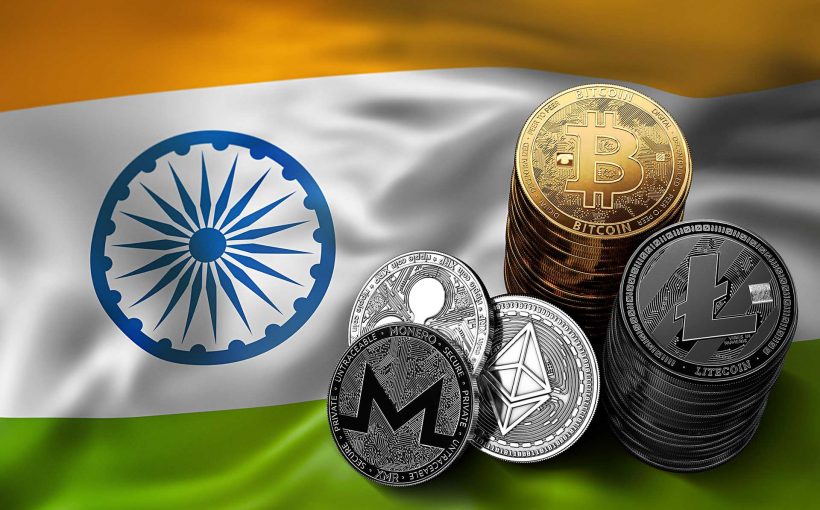India’s Central Bank, the Reserve Bank of India, is gradually moving towards the introduction of its own central bank digital currency (CBDC). To this end, RBI will pursue a “step-by-step implementation strategy”. RBI Deputy governor T Rabi Sankar is sure that CBDC will be a positive step in India showing a surge in investment in cryptocurrencies. RBI’s strategy also includes a pilot study to test CBDC as a general-purpose digital currency that will perhaps be the world’s first flat digital currency. Presently, countries that have opened their Cryptocurrency economies include El Salvador and Cuba.
What is CBDC?
The idea of CBDC is not a new development, it was James Tobin, an American Nobel Prize laureate and economist, who suggested in the 1980s that the United States Federal Reserve banks could make a widely available transaction medium available to the public, according to the Opening speech delivered by T Rabi Shankar this year. With the exception of banknotes, all fiat money (bills and coins) or representative money (checks, money orders, stocks and bonds) can be treated as CBDC. Many of them are now just electronic transfers and documents that actually qualify as CDBC. Many central banks around the world are now closer to having their own digital version of their fiat money.
“A CBDC is legal tender issued by a central bank in a digital form. It is the same as fiat currency and is exchangeable one-to-one with fiat currency. Only its form is different,” the keynote address says.
The RBI states that a CBDC is a digital or virtual currency, but it cannot be compared with the private virtual currencies that have emerged in recent years. The idea of private virtual currencies contradicts the historical concept of money.
CBDC and the world
The RBI agrees that CBDC is currently on the minds of many central banks in countries around the world, many of them have reached the pilot stage and some other countries have special purpose vehicles (SPVS). For Sweden, which popularized its own electronic currency and how fiat money works, the RBI has a calculator ready. The pilot project started by RBI may have to go beyond the financial aspect, but also take certain social aspects into account.
Do we need CBDC in India?
One of the criteria the RBI can use to measure the need for CBDC is electronic interface receipts and payments. India is currently the world leader in digital payments innovation. Their payment systems are available around the clock for both private and wholesale customers, they are largely real-time, and transaction costs are probably the lowest in the world. The RBI will most likely issue its own CBDC once a massive influx of private virtual currency plunges into the battle of public payments and exchanges for goods and services. Many multinational companies doing both retail and wholesale operations from India accept virtual private currency as a payment interface.




